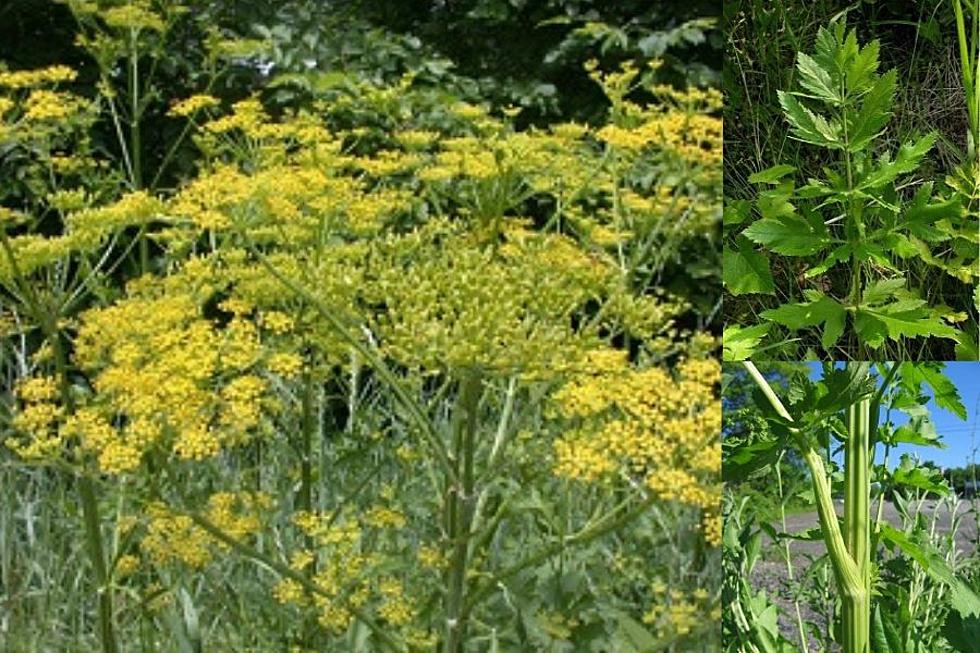
DEC Warns of Widespread, Invasive Plant Causing Blistering, Painful Burns
The DEC is warning New Yorkers of a widespread, invasive plant whose sap causes blistering and painful burns. Have you spotted it in Utica?
You may be aware of giant hogweed, the towering plant that can cause burns and blisters, that's been spotted in Central New York. Did you know there's another plant that causes burns and blistering - and it's more widespread than giant hogweed.
Wild parsnip is widespread in New York State, and can be found on roadsides and in open fields. Wild parsnip sap can cause painful, localized burning and blistering of the skin - this not an allergic reaction, but a chemical burn resulting from an increased sensitivity to the sun caused by the sap.
This photo is mild, compared to what one young lady endured. You can see those pictures here, but they are not for the faint of heart.
If contact with sap occurs:
- Wash the affected area thoroughly with soap and water, and keep it covered for at least 48 hours to prevent a reaction.
- If a reaction occurs, keep the affected area out of sunlight to prevent further burning or discoloration, and see a physician.
According to the DEC, "wild parsnip can grow up to 5 feet tall and has hollow, grooved stems that are hairless. The plant's leaves resemble large celery leaves. They are yellow-green, coarsely toothed and compound, with 3-5 leaflets. Small, yellow flowers are clustered together in a flat-topped array approximately 3-8 inches across."
Unlike Giant Hogweed, the DEC doesn't have a removal program for wild parsnip - so you'll need to remove it yourself.
- Wear long sleeves and pants as well as gloves and avoid any contact with the sap of the plant
- You can remove the plants by hand, either by cutting roots 1-2 inches below the soil or pulling plants by hand. This should be done before they have gone to seed.
- After seeds have already developed, cut off the seed heads and put them in plastic bags. Leave the bags out in the sun for one week to kill the seed heads before disposal.
- Mowing wild parsnip after flowers have bloomed but before seeds have developed can kill the plants.
- General herbicides can be applied as spot treatments to new shoots.
See the Must-Drive Roads in Every State
More From Lite 98.7








